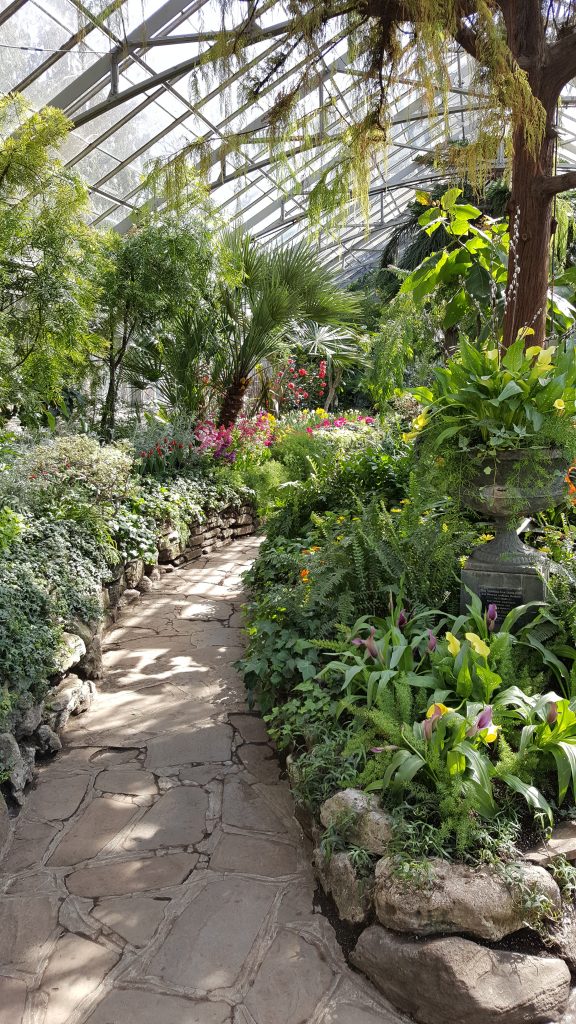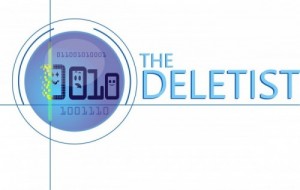Something about the arrival of spring always puts a new bounce in my step. I admire the force and determination at this time of the year. The new buds emerge at the ends of tree branches and new flowers continually appear on the sides of the roads, even with temperature drops below freezing and the occasional spring snowfall. Despite all that, the plants forge ahead with their plans and continue to grow and bloom. Soon the birds start to come back again. Their chirping is always a welcome sound to me after the winter.
The other day I took some time to walk again through Allan Gardens. Once again I felt my breathing deepen to inhale the warm, moist, loamy air. My pace slowed down to take in all the changes since my last visit. This time the gardens were totally transformed from white, red, and peppermint poinsettias to a more varied spring palette featuring yellows, pinks, and purples. And of course lots of green.

The arrival of spring.
Even the turtles looked happier than usual sunning themselves on their favorite rock. Usually they’re just hanging out on the rocks, but this time a couple of them were swimming.

And there were orchids everywhere. Having spent the majority of my life in North America, I don’t normally equate orchids with spring, but they’re so beautiful I love seeing them any time of the year.

One special tree was loaded with orchids.

Ever since I was a child, spring has always felt like a magical time of the year. I always feel so encouraged by the plants growing, the increased energy both in me and around me, and the explosion of color. Even the wind changes to something that caresses my face instead of trying to rip it into tiny shreds.
This year, the arrival of spring coincides with my 200th posting! Something about this season always makes me feel like cleaning. Perhaps this is because my energy levels go up from all the additional sunshine and warmth. Or maybe it’s because all the extra sunlight streaming in makes it really easy to see how long it’s really been since that last dusting. Whatever the reason, stay tuned for next week’s posting “Spring into Action” where I will outline the contest rules for the 2nd Spring Cleaning Challenge as my 201st posting.
